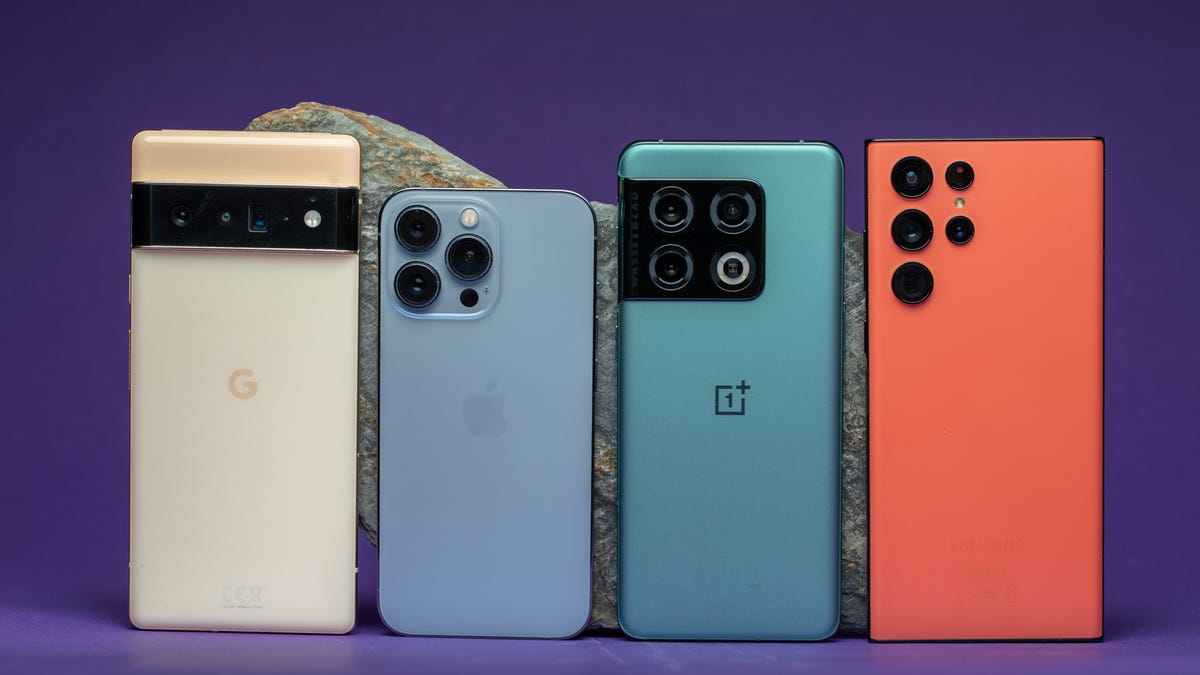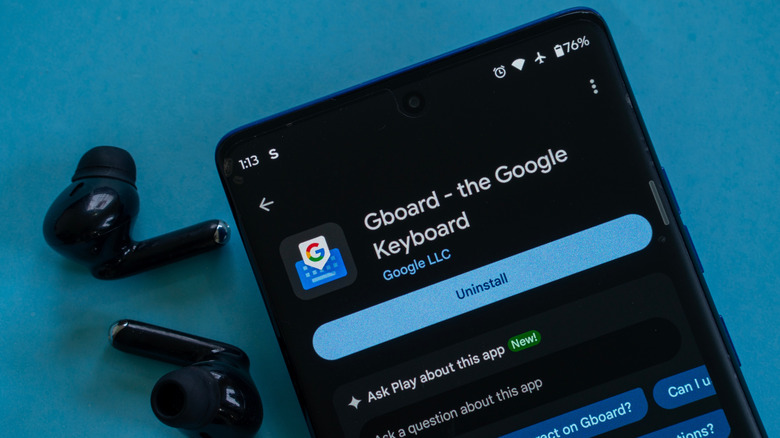When the iPhone 17 is announced later this month, it will sit on store shelves next to the best Android phones I’ve tested since the rivalry began. Some exclusive features that have been iPhone standards are now on Android – including magnetic accessories, stylish contact cards, and nearby sharing. Android phones even offer AI features that Apple has promised, but has failed to deliver.
I curate TechRadar’s list of the Best Phones you can buy, and I use all of the greatest phones frequently, keeping up with the latest software and feature updates. I’m excited to try the upcoming iPhone models – and not just the Pro models, I love the more colorful entry-level iPhone options.
I’m also intimately familiar with the best Android phones you could buy instead of the iPhone 17, up to the absolute latest Pixel phones from Google and foldable Galaxy Z phones from Samsung.
Here are the most important Android competitors to the iPhone 17 – the least expensive iPhone we expect to see, which should start at around $799 / £799 / AU$1,399. I’ve tested all of these phones, and if you’re considering the next iPhone, you should know the benefits and drawbacks of the best alternatives.
Samsung Galaxy S25 – faster than the iPhone 16, with more cameras
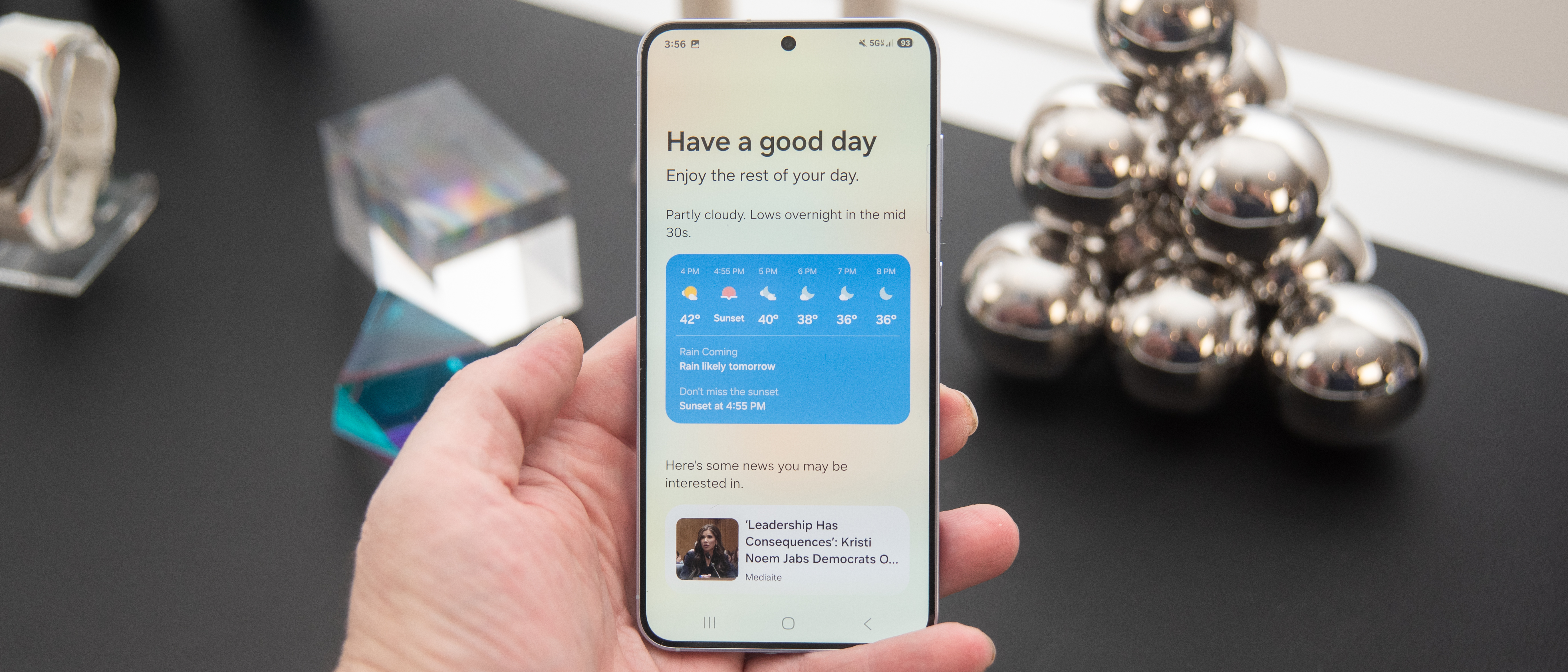
The days of Apple’s dominance in smartphone performance are almost over. The latest Qualcomm Snapdragon 8 Elite chipset has proven faster in many of our Future Labs benchmark tests, and Samsung gets a specialized Snapdragon 8 Elite for Galaxy that turns up the clock speed even higher on the largest processing core. That means the Galaxy S25 beats the iPhone 16 in almost every test we throw its way.
From application processing to graphics and gaming, the Galaxy S25 is the winner over Apple’s current iPhone, which runs a step-down Apple A18 chipset, not the Apple A18 Pro found in the Pro-level iPhone models.
Samsung doesn’t hobble its least-expensive Galaxy S phone with a slower processor, giving the S25 an edge over the iPhone 16.
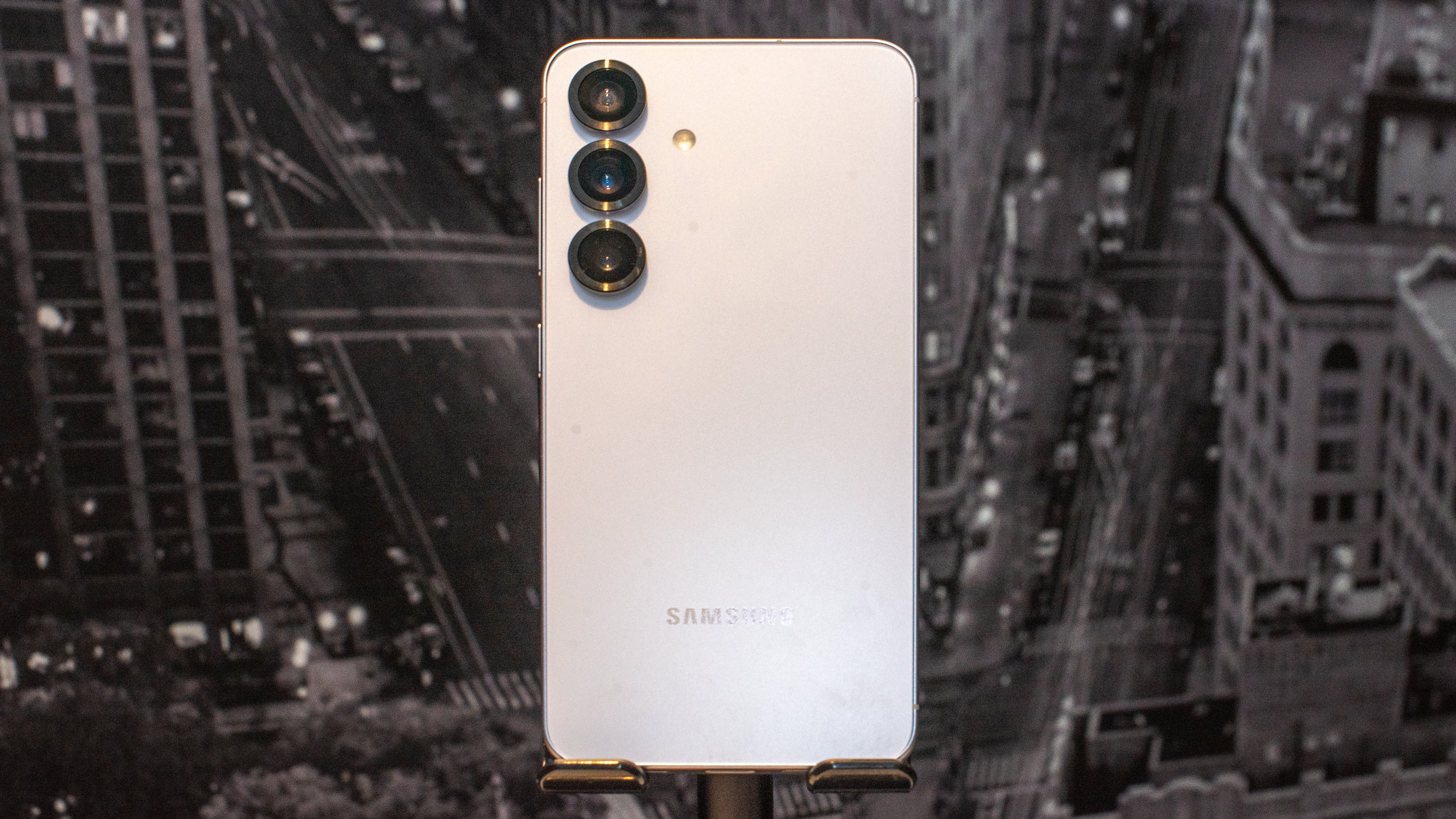
The Galaxy S25 also has one more camera than the iPhone 16, and it’s arguably the most important. You get real 3X zoom on the Galaxy phone with an optical telephoto lens. The iPhone has a wide and ultrawide camera, but no real zoom.
Analysis: Will Apple beat it? It’s highly likely that the next Apple processor will outperform today’s Snapdragon 8 Elite for Galaxy, though it’s possible that only the Pro version will pack that kind of heat. Unfortunately for Apple, Qualcomm’s Snapdragon Summit is right around the corner, and the chipmaker will likely show off an even faster chipset that will presumably power a Galaxy S26 phone in 2026, among numerous other Android flagships.
As for the zoom camera, it is possible that the iPhone 17 could get a zoom lens, but I don’t think Apple will pack it with three cameras on the back. Aside from the leaks that purport to show only two cameras, Apple uses that third camera to differentiate its models. One camera for the iPhone 16e, two for the iPhone 16, and three for the iPhone 16 Pro models. That makes too much sense, and Apple loves simplicity.
OnePlus 13 – mindboggling battery life and incredibly fast charging
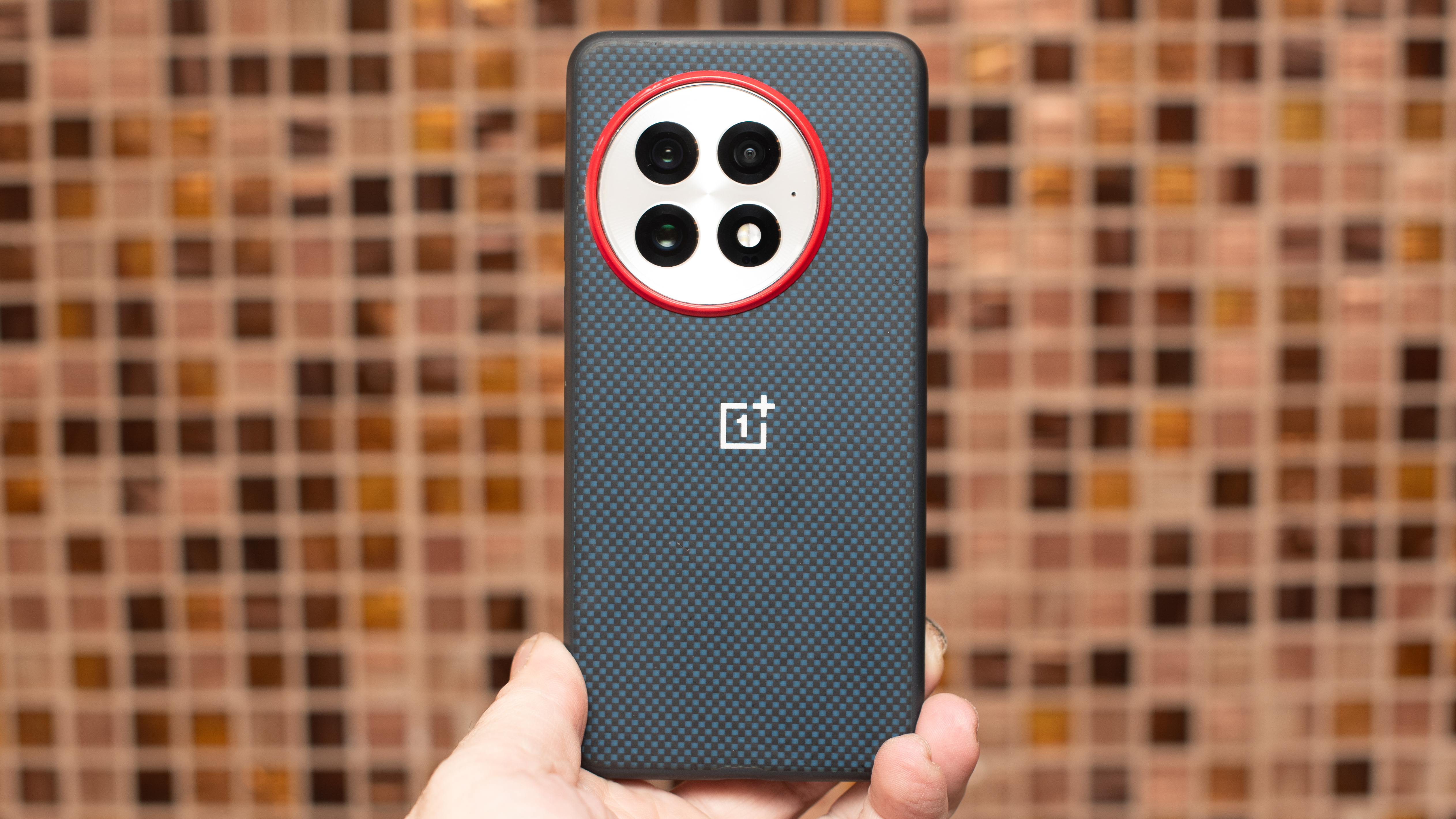
There are many reasons to love the OnePlus 13, but most of all, I hope Apple is paying attention to the way this phone handles its battery. Simply, battery life is excellent here. It’s among the best I’ve ever gotten on any phone I’ve tested. It uses the newest silicon-carbon battery technology, which OnePlus says packs more power into a smaller cell. It certainly works.
Even if the OnePlus 13 didn’t last so long, I wouldn’t be concerned because it charges incredibly fast. With a fast OnePlus charger, you can charge this phone to almost 100% in 30 minutes. The iPhone 16 barely tops 50% in the same time.
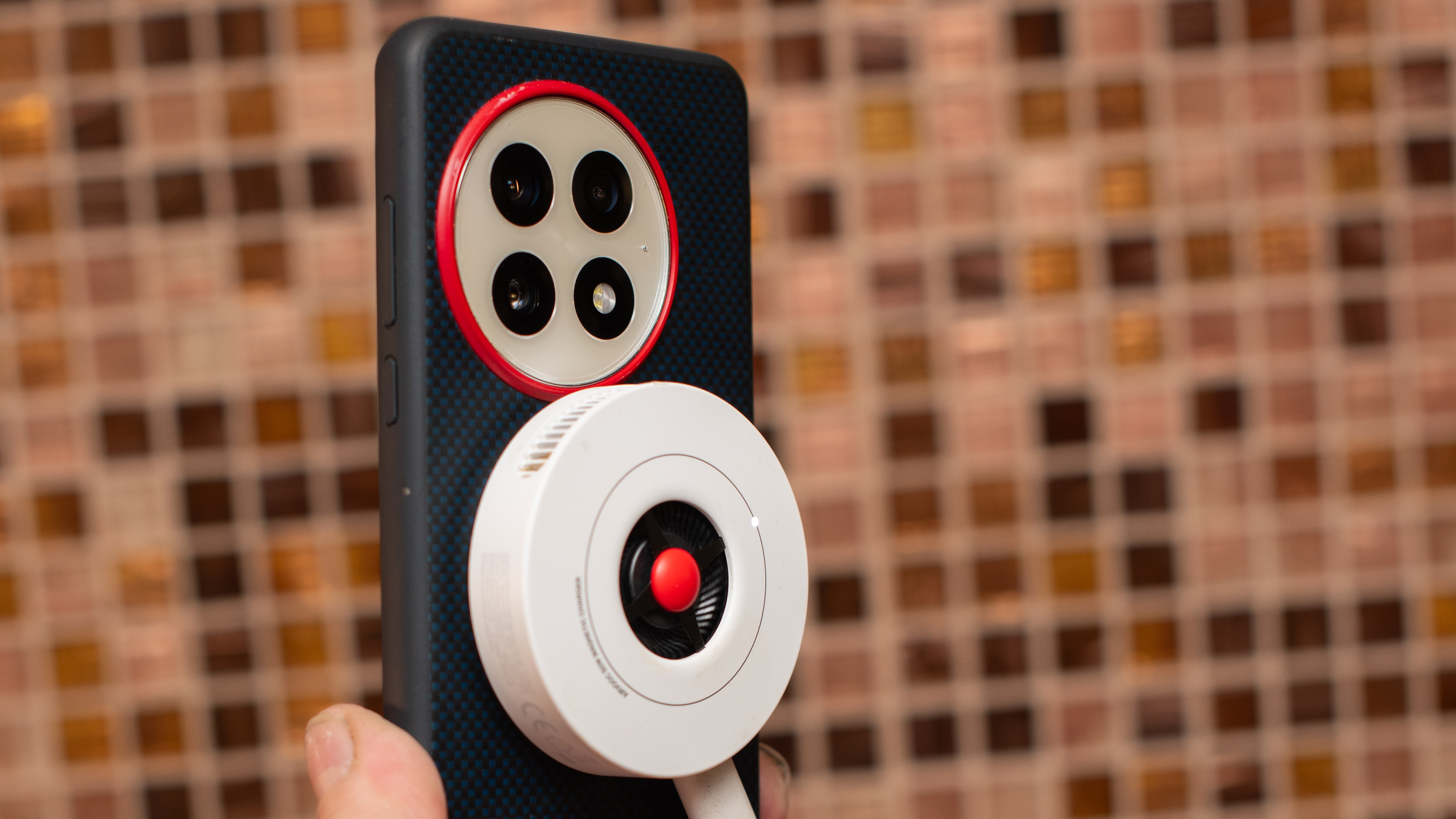
Even better, the OnePlus 13 charges wirelessly as fast as most phones charge with a wire. With a 50W AIRVOOC charger from OnePlus, you can charge this phone on a wireless stand faster than the iPhone can charge plugged in.
Analysis: Will Apple beat it? We’ve heard rumors that Apple may use silicon-carbon battery technology this year, though it could be exclusive to the rumored iPhone 17 Air, which needs more power in a thinner battery. It’s more likely that the iPhone 17 gets a normal battery this year, until component prices come down.
As for faster charging, there’s no chance Apple will match OnePlus with 100W wired and 50W wireless charging, but we could see a slight boost in both wired and wireless power with the next generation of iPhone. Now that Android phones are fully on board with Qi2, we could see Apple use 25W wireless charging across the lineup, and faster 30W charging for the less-expensive iPhone 17 and iPhone 17 Plus.
Google Pixel 10 – the AI features that Apple couldn’t deliver

Apple advertised a Siri feature that reads your emails and offers to help you with your, um… life. Those features never showed up, though, and Apple ended up pulling down the original ads that promoted them. More than a year later, the Pixel 10 reads my Gmail and offers suggestions based on what it knows about me.
Even better, the Pixel 10 doesn’t just answer questions about me; it is more proactive in an unobtrusive way. If I get a text message from a friend asking about our dinner reservation, the Pixel 10 with Magic Cue will offer me a button link to the email from OpenTable when I go to respond. If I’m going on a trip with Mary and Mary calls, it will bring up my flight information when I answer the phone.
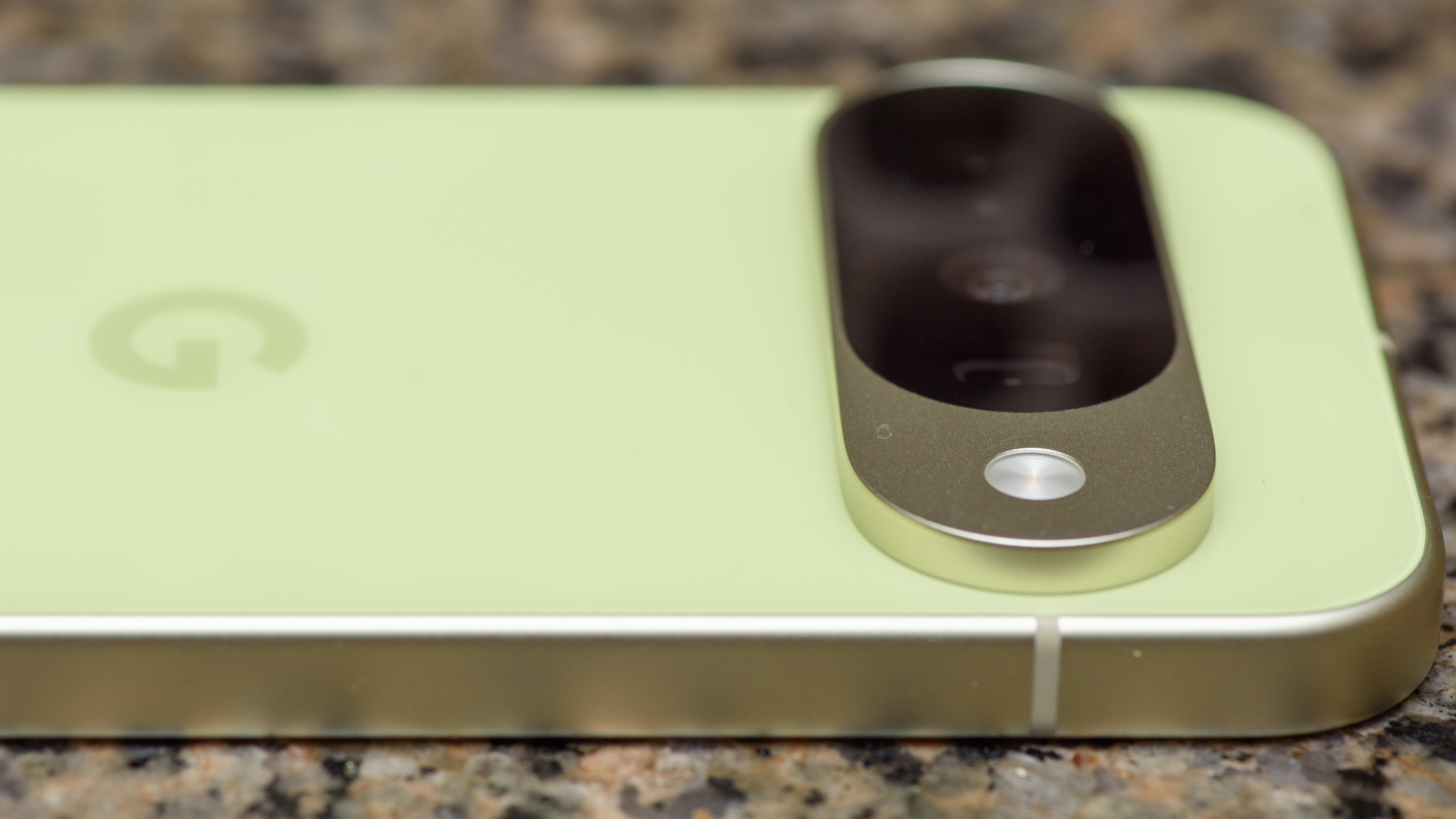
Those are just two scenarios, but the possibilities are endless, and I especially like that Google has managed to make Magic Cue proactive without being annoying. It doesn’t get in the way; it just tries to help a little bit before I need to ask for help or go searching for info myself.
Analysis: Will Apple beat it? Apple is undoubtedly going to make major moves with AI in the next generation of iPhone, from the iPhone 17 on up to the iPhone 17 Pro Max. I think that backtracking on Siri was probably embarrassing for Apple, so it would make sense for the company to take smaller steps forward, and those steps will likely look just like Magic Cue on the Pixel 10.
Apple has so many sources of data for my life, just like Google. It has my email, messages, calendar, Maps locations and destinations, and much more. Of course, it will use that data with AI, but will it be as effective as Google? I think it has a shot at finally taking the lead.
In my testing, the Pixel 10 did a nice job offering me information with Magic Cue, but it couldn’t do everything Google said it would. Even after a troubleshooting session with Google’s experts, I couldn’t get Magic Cue to prompt me with a certain dinner reservation, for instance. If Apple’s next Siri can be more effective, I’d be more confident in its ability to produce new and useful features using machine learning tools.










